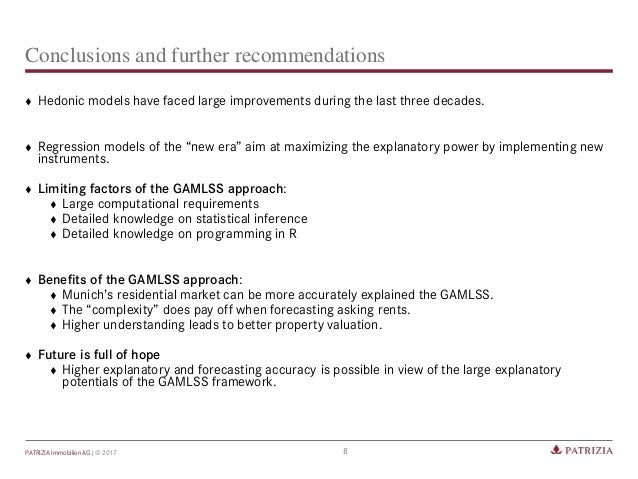

Hedonic model professional#
It also considers the environmental and macroeconomic factors Macroeconomic Factors Macroeconomic factors are those that have a broad impact on the national economy, such as population, income, unemployment, investments, savings, and the rate of inflation, and are monitored by highly professional teams governed by the government or other economists.It gives a strong picture of the pricing analysis by analyzing a large amount of data.This pricing, therefore, may differ from customer to customer and from one builder to another.Some may provide less weightage to the external environment and more internal like house structure, interior, available facilities, etc.For example, some may give more weight to the external environment and less to the internal, like the house’s interior, etc.

The pricing per the hedonic pricing model may change as per the parameters used in the analysis.It was invented by Sherwin Rosen, a labor economist, in 1974 in a paper named “Hedonic Prices and Implicit Markets.” This model is generally used in the housing industry to determine the prices of homes based on internal and external characteristics. The hedonic pricing model is defined as a pricing model of the goods sold that considers the internal and external factors. pendent property random effects to a hedonic price model results in more precise out-of-sample price predictions, both for commercial multifamily housing in.


 0 kommentar(er)
0 kommentar(er)
